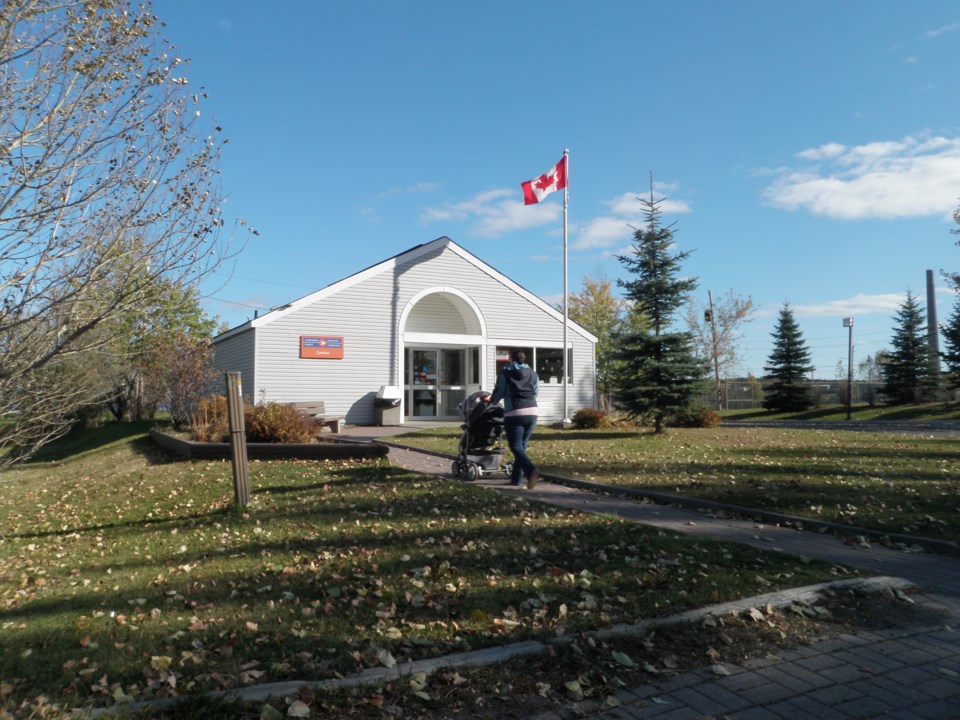The City is asking for public input for Phase 2 of the Official Plan (OP). The Official Plan review is the community’s chance to share their vision for Greater Sudbury with decision-makers. The City wants to know what residents see for the future of the city, and how they would think we can get there.
Questions to ask yourself about your neighbourhood may be:
- Is it easy to walk or bike around your neighbourhood?
- Can your elderly parents stay in the same neighbourhood when they decide the family home is too big to maintain?
- Can your kids walk to school, a park, an after-school job, and their friend's house?
- Is there nature close to home?
- Do you know your neighbours, and does your neighbourhood have a diversity of people at all stages of life?
- Can you grow food or create butterfly habitat where you live?
All of these things are shaped by our City's main planning document, the Official Plan, and you can have a say right now.
Community consultation and feedback is essential in any Official Plan review and all residents of Greater Sudbury are invited to participate in the review process. This is your community, and the Official Plan Review is your opportunity to affect its future. To provide input on Phase 2 of the Official Plan review:
- Email : [email protected]
- Over to You : overtoyou.greatersudbury.ca
- Public Consultation Sessions (these will be listed on OTY)
- Visit the OP website for more background information: www.greatersudbury.ca/officialplan
What is an OP?
An Official Plan (OP) is a document with policies or rules to help guide the development and land use of a community. Greater Sudbury’s OP establishes long-term goals, shapes policies and outlines development strategies for our city. It also includes our long-term goals relating to social, economic and environmental matters.
The OP helps us plan development in our city, including:
- Locating new housing and living areas
- Locating businesses, parks and open spaces, and schools
- Identifying infrastructure (roads, water and wastewater and waste management services) needs
- Ways to maintain the characteristics of our rural areas
- Ways of protecting water resources, natural environment, and cultural heritage.
How often is it updated?
In Ontario, many municipalities must conduct a review of their Official Plans every five years to ensure consistency with provincial legislation, plans and policies. This review allows our city to consult with residents and stakeholders to find out what’s important for the future of the community and how they think we can get there. It also ensures existing projections and priorities are still relevant and presents an opportunity to adapt the plan on a regular basis, to better reflect any changes in the community.
The Five Year Review of the Official Plan is being undertaken in two phases:
Phase One - approved by the Province and came into effect on April 26, 2019. It can be found online here.
Phase Two - currently underway and will align the Official Plan with the Transportation Background Study update, the Water and Wastewater Master Plan, the Greater Sudbury Development Corporation’s Strategic Plan: From the Ground Up 2015-2025 and the Community Energy and Emission Plan (CEEP).
How does our OP make Greater Sudbury more resilient to climate change?
Many policies in the Official Plan have ties to climate change mitigation (reducing our GHG emissions) and adaptation (preparing for climate change), including policies related to sustainable development, investing in infrastructure, transportation, waste management, energy efficiency programs, quality of place and neighbourhood design. Changes to these policies reflect the need to increase the community’s resilience to climate change and work towards a target of net-zero greenhouse gas emissions by 2050, as outlined in the CEEP (www.greatersudbury.ca/ceep). Many of the proposed changes strengthen existing policies and provide a stronger link to the environmental benefit of the policies. For example, waste management policies are linked to the circular economy model which employs not only waste management, but reuse, recycling and responsible manufacture to support the reduction of greenhouse gas emissions and increasing efficient use of resources. Similarly, natural features incorporated into neighbourhood and community design not only preserve and promote the City’s natural beauty and ecology, but also serve to reduce heat island effects and provide natural stormwater management and increase resiliency to climate change.
What are examples of climate-related policies in our OP?
Settlement Areas 2.3.2 – This policy supports compact and complete communities, which make the most efficient use of land, resources, infrastructure and public service facilities, minimize negative impacts on air quality and climate change, promote energy efficiency and support public transit, active transportation and the efficient movement of goods.
Public Transportation 11.3.2 and Active Transportation 11.7 – These policies are in place to encourage more active and sustainable transportation use such as building homes close to transit routes, including pedestrian options around transit stops and expanding the bicycle network.
Site and Building Design 14.4 – There are several policies here to encourage active transportation, increase access to green spaces and parks and provide space for stormwater management on properties (to help reduce flooding risks).
What else can you do?
You can stay involved with City engagement opportunities through Over To You but you can also show support by learning more about Compact and Complete Communities, “Smart Growth”, protecting natural spaces and celebrating active transportation options.
